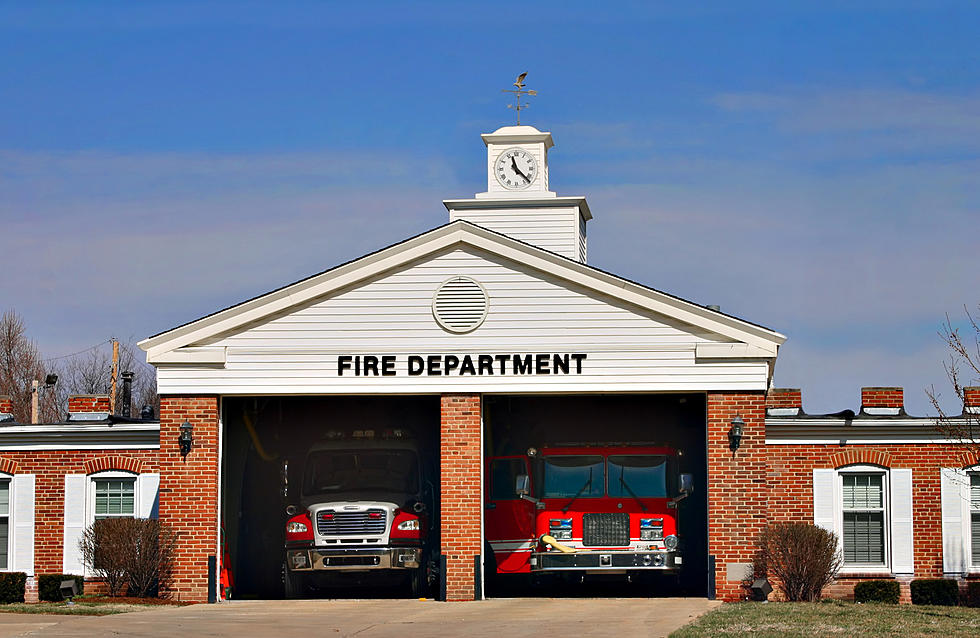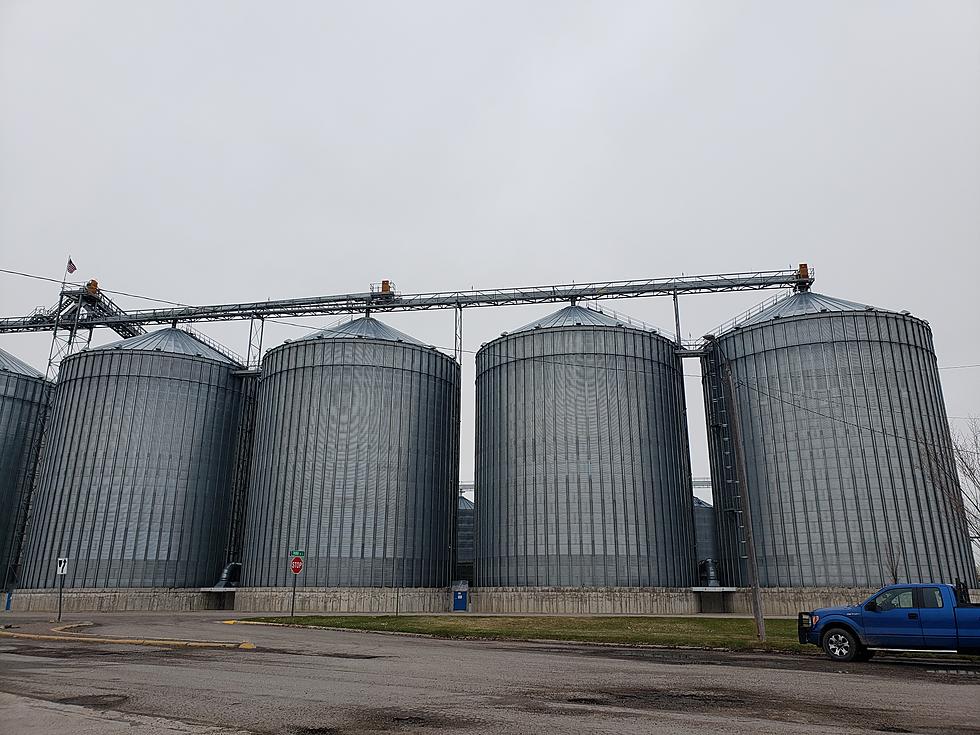
Fire Danger in Missoula County Now Officially Raised to High
The official declaration will not come as a big surprise to many. But what exactly does it mean?
Due to increasing temperatures and drying vegetation, wildland fire officials with the Missoula County Fire Protection Association have raised the fire danger within Missoula County to HIGH, effective as of 12:01 AM today (Tuesday). High fire danger means that dry grasses and needles ignite easily, fires can spread rapidly and may be difficult to control.
Unattended campfires are also at increased risk of escape. Always attend your campfire and use established fire rings. Remember to completely drown your campfire with water, stir the coals and embers, then drown again and make sure the campfire is cool to the touch. If it is too hot to touch, it is too hot to leave.
Recreational fires are illegal within Missoula City limits. Additionally, outdoor burning by permit is closed in Missoula County, also effective as of 12:01 AM today.
Even looking at extended 10 to 15 day forecasts, at this point you don't see daytime high temperatures dropping out of the 90s. Nor do you see any significant periods of moisture in the weeks to come. The message from the Missoula County Fire Protection Association is pretty obvious. Be as proactive as possible now in anticipation of even more dangerous fire potential.
Residents and visitors are urged to exercise caution when outdoors. Before heading out, please check current Montana fire restrictions. And as we approach the Fourth of July, this is a reminder that fireworks are illegal within the City of Missoula, including Fort Missoula Regional Park and on all public lands.
LOOK: The most expensive weather and climate disasters in recent decades
More From 96.9 Zoo FM









